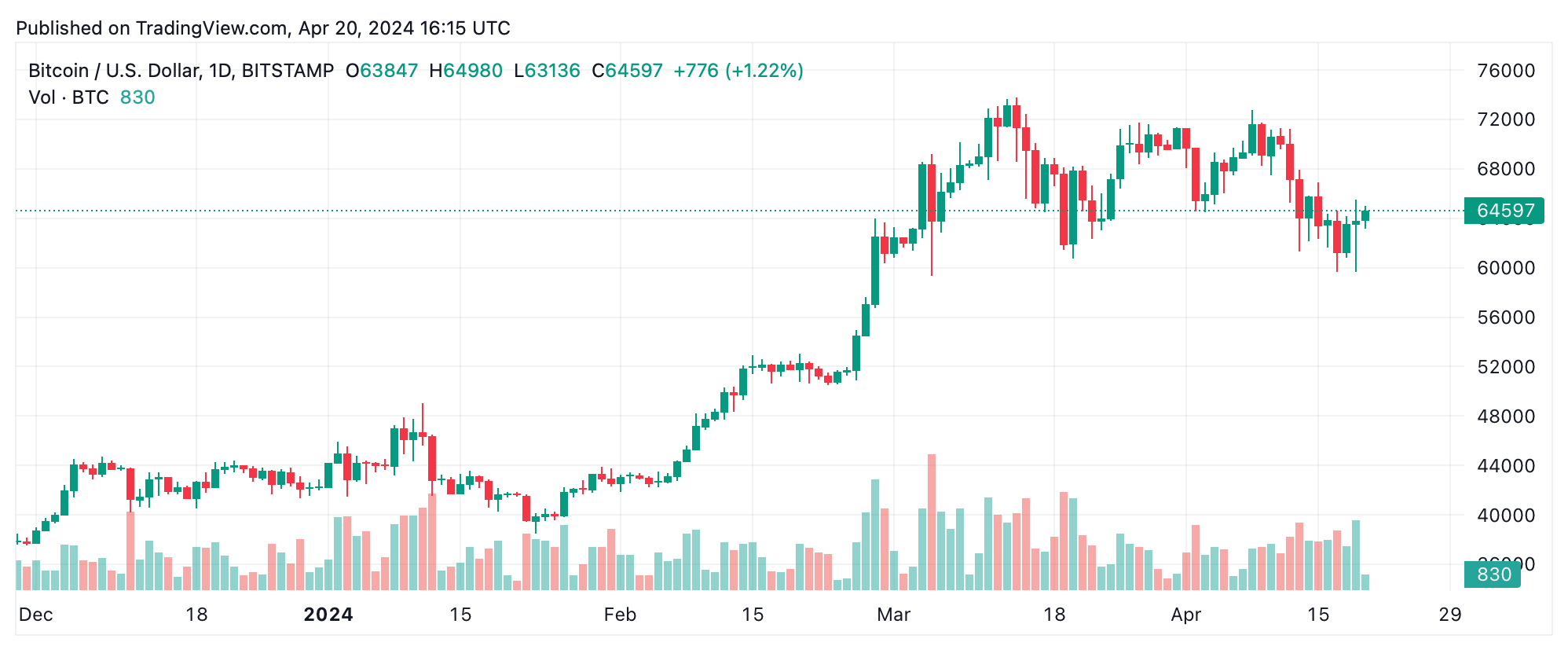7 Explosive Low Cap Altcoins Potential Picks for 2025

The cryptocurrency market is experiencing unprecedented growth in 2025, with low-cap altcoins emerging as the most explosive investment opportunities for savvy investors. As institutional adoption accelerates and regulatory clarity improves, small-cap cryptocurrencies are positioned to deliver extraordinary returns that could dwarf traditional investment vehicles. The current market environment presents a unique window of opportunity for investors seeking high-potential altcoins with revolutionary technology and strong fundamentals.
Low market cap cryptocurrencies represent digital assets with valuations typically under $1 billion, often flying under the radar of mainstream investors while harboring tremendous growth potential. These undervalued crypto projects operate in emerging sectors like artificial intelligence, decentralized finance (DeFi), and Web3 infrastructure, positioning them perfectly for the next bull run. With Bitcoin dominance declining and altcoin season indicators showing promising signals, 2025 could be the year when these hidden gems transform modest investments into life-changing wealth.
The altcoin market has witnessed remarkable innovation throughout 2024 and early 2025, with DeFi protocols experiencing explosive growth and new blockchain technologies revolutionizing traditional finance. Smart investors are increasingly recognizing that while Bitcoin and Ethereum remain market anchors, the real exponential gains come from identifying promising altcoins before they capture mainstream attention. This comprehensive analysis examines seven carefully selected low-cap gems that demonstrate exceptional potential for massive price appreciation in the coming months.
Understanding crypto investment strategies for low-cap assets requires balancing risk tolerance with growth expectations. These emerging cryptocurrencies offer the potential for 10x, 50x, or even 100x returns, but they also carry higher volatility and risk compared to established digital assets. The key lies in thorough fundamental analysis, technical evaluation, and strategic position sizing to maximize upside potential while managing downside risk in this dynamic blockchain ecosystem.
Understanding Low-Cap Altcoins and Market Dynamics
What Defines Low Market Cap Cryptocurrencies
Low-cap altcoins are digital assets with market capitalizations typically ranging from $1 million to $1 billion, representing projects in their early development stages or serving niche markets. These small-cap cryptocurrencies often trade at lower prices per token, making them accessible to retail investors while offering substantial upside potential as projects mature and gain adoption.
The market capitalization calculation multiplies circulating supply by current token price, providing insight into relative project size and growth runway. Undervalued crypto projects in this category often possess innovative technology, strong development teams, and clear use cases, but haven’t yet achieved widespread recognition or mainstream adoption.
Current Market Conditions and Altcoin Season Indicators
The cryptocurrency market in 2025 shows strong indicators suggesting an impending altcoin season. Market data reveals that altcoin performance has been strengthening relative to Bitcoin, with many emerging cryptocurrencies demonstrating resilience and growth despite broader market volatility. Institutional investment flows into Ethereum ETFs and increased venture capital activity in early-stage crypto projects signal growing confidence in alternative investments.
DeFi protocols have experienced remarkable growth, with total value locked (TVL) expanding significantly across multiple blockchain networks. This ecosystem expansion creates favorable conditions for low market cap cryptocurrencies that provide essential infrastructure, novel financial services, or innovative solutions to existing blockchain limitations.
Top 7 Explosive Low Cap Altcoins for 2025

1. Arbitrum-Based DeFi Infrastructure Tokens
Layer 2 scaling solutions represent one of the most promising sectors for high-potential altcoins in 2025. Projects building on Arbitrum’s ecosystem are particularly well-positioned as Ethereum scaling becomes increasingly critical for mainstream adoption. These blockchain technology innovations solve real-world problems of high transaction fees and network congestion while maintaining security and decentralization.
Infrastructure tokens within the Arbitrum ecosystem often trade at significant discounts to their fundamental value, making them attractive crypto investment opportunities. Projects focusing on cross-chain interoperability, automated market making, and yield optimization protocols demonstrate strong growth metrics and community engagement, essential factors for promising altcoins’ success.
2. AI-Powered Blockchain Analytics Platforms
The intersection of artificial intelligence and blockchain technology creates compelling investment opportunities in 2025. Low-cap gems developing AI-powered analytics, trading algorithms, and predictive models for crypto markets are experiencing increased demand from both retail and institutional users seeking competitive advantages.
These emerging cryptocurrencies leverage machine learning to provide real-time market insights, risk assessment tools, and automated trading strategies. Projects with proprietary AI models and strong data partnerships position themselves as essential infrastructure for the evolving crypto ecosystem, creating sustainable revenue streams and token utility.
3. Next-Generation GameFi and Metaverse Tokens
GameFi projects combining gaming, DeFi, and NFT elements represent explosive growth opportunities in the altcoin market. Low-cap gaming tokens with innovative play-to-earn mechanics, high-quality graphics, and sustainable tokenomics are attracting significant player bases and investment interest.
The metaverse sector continues expanding with blockchain-based virtual worlds offering true digital ownership and interoperability. Small-cap cryptocurrencies in this space benefit from increasing user adoption, brand partnerships, and the growing trend toward digital asset ownership in gaming environments.
4. Cross-Chain Interoperability Solutions
Interoperability protocols addressing the fragmented blockchain landscape present compelling crypto investment strategies for 2025. Projects enabling seamless asset transfers, data sharing, and smart contract execution across multiple blockchains solve critical infrastructure needs as the cryptocurrency market matures.
These undervalued crypto projects often possess highly technical solutions with significant barriers to entry, creating sustainable competitive advantages. Cross-chain bridges, universal wallet solutions, and multi-chain DEX protocols demonstrate strong fundamentals and clear paths to mass adoption.
5. Privacy-Focused Blockchain Networks
Privacy coins and decentralized protocols focusing on transaction anonymity and data protection represent important niches in the crypto space. Recent regulatory developments have created opportunities for low market cap cryptocurrencies offering innovative privacy solutions while maintaining compliance with evolving legal frameworks.
Projects utilizing zero-knowledge proofs, ring signatures, and other cryptographic privacy technologies attract users seeking financial sovereignty and data protection. These blockchain innovations address growing concerns about digital surveillance and centralized data control.
6. Green Energy and Carbon Credit Tokenization
Environmental sustainability initiatives within the cryptocurrency ecosystem are gaining significant traction in 2025. Low-cap altcoins focused on carbon credit tokenization, renewable energy trading, and sustainable blockchain consensus mechanisms align with global environmental goals while creating new market opportunities.
These green crypto projects leverage blockchain technology to create transparent, efficient markets for environmental assets. Token holders often receive revenue sharing from carbon credit sales, renewable energy certificates, and environmental impact certificates, creating sustainable value propositions.
7. Decentralized Identity and Web3 Infrastructure
Web3 infrastructure projects building decentralized identity solutions, domain name systems, and digital reputation networks represent the foundation of the next internet iteration. These emerging cryptocurrencies enable users to control their digital identities and data while participating in decentralized applications and services.
Decentralized identity protocols solve critical problems of data ownership, privacy, and interoperability across digital platforms. Projects with strong technical foundations and clear adoption pathways demonstrate significant potential for mainstream integration and explosive growth.
Investment Strategies and Risk Management
Portfolio Allocation and Position Sizing
Successful crypto investment strategies for low-cap altcoins require careful portfolio management and risk assessment. Financial experts recommend allocating no more than 5-10% of total investment capital to high-risk altcoins, with position sizes varying based on conviction levels and risk tolerance.
Diversification across different sectors within the altcoin market helps mitigate project-specific risks while maintaining exposure to various growth opportunities. Consider spreading investments across DeFi, gaming, infrastructure, and emerging technology sectors to capture multiple growth vectors.
Technical Analysis and Fundamental Research
Evaluating promising altcoins requires combining technical analysis with fundamental research methodologies. Key metrics include market capitalization trends, trading volume patterns, developer activity, community engagement, and partnership announcements. Small-cap cryptocurrencies often exhibit higher volatility, making technical indicators particularly valuable for entry and exit timing.
Fundamental analysis should focus on project utility, tokenomics design, competitive advantages, and market addressability. Projects with clear revenue models, strong development teams, and active communities demonstrate a higher probability of long-term success in the competitive crypto ecosystem.
Timing and Market Cycle Considerations
Altcoin seasons historically follow Bitcoin market cycles, with low market cap cryptocurrencies experiencing the most dramatic price movements during bullish periods. Understanding market psychology and cycle timing helps optimize entry points for maximum return potential while minimizing exposure during bearish periods.
Current market indicators suggest favorable conditions for altcoin investment in late 2025, with institutional adoption accelerating and regulatory frameworks stabilizing. However, market timing remains challenging, making dollar-cost averaging and systematic accumulation strategies often more effective than attempting to time perfect entry points.
Market Analysis and Future Outlook

Regulatory Environment and Institutional Adoption
The cryptocurrency regulatory landscape in 2025 shows increasing clarity and acceptance from major jurisdictions. This regulatory progress creates favorable conditions for low-cap altcoins by reducing uncertainty and enabling institutional participation in previously restricted market segments.
Institutional cryptocurrency adoption continues accelerating with major financial institutions launching crypto trading desks, custody solutions, and investment products. This institutional interest eventually flows into alternative cryptocurrencies as institutions seek diversification beyond Bitcoin and Ethereum.
Technology Trends Driving Altcoin Growth
Blockchain technology advancement accelerates across multiple domains, including scalability, interoperability, and user experience improvements. Emerging cryptocurrencies incorporating cutting-edge technologies like zero-knowledge proofs, sharding, and novel consensus mechanisms position themselves for significant growth as these innovations gain widespread adoption.
The convergence of artificial intelligence, Internet of Things, and blockchain networks creates new use cases and market opportunities for innovative altcoins. Projects successfully integrating these technologies often experience rapid adoption and value appreciation.
Market Capitalization Projections
Crypto market analysis suggests continued expansion of total market capitalization throughout 2025, with altcoins capturing increasing market share relative to Bitcoin dominance. Historical patterns indicate that low-cap cryptocurrencies experience the most dramatic growth during market expansion phases.
Professional analysts project significant capital rotation from large-cap cryptocurrencies into small-cap altcoins as investors seek higher return opportunities. This rotation historically creates explosive growth conditions for well-positioned low market cap projects.
Risk Factors and Investment Considerations
Volatility and Market Risks
High-potential altcoins carry inherent volatility risks that can result in substantial short-term losses even for fundamentally strong projects. Market sentiment shifts, regulatory announcements, and broader economic conditions significantly impact cryptocurrency prices, particularly for smaller-cap assets with lower liquidity.
Crypto investment requires strong risk tolerance and the ability to withstand significant price fluctuations without emotional decision-making. Investors should never invest more than they can afford to lose entirely, especially in speculative crypto assets with unproven business models or early-stage development.
Due Diligence and Research Requirements
Successful altcoin investing demands extensive research into project fundamentals, team backgrounds, technological innovation, and market competition. Low-cap cryptocurrencies often lack comprehensive analyst coverage, requiring individual investors to conduct thorough due diligence using available resources and community insights.
Key research areas include whitepaper analysis, code audits, partnership verification, and competitive landscape assessment. Investors should verify project claims, assess team credibility, and evaluate long-term sustainability before committing capital to emerging crypto projects.
Liquidity and Exit Strategy Planning
Small-cap cryptocurrencies often suffer from limited liquidity, making large position exits challenging without significant price impact. Successful investors develop clear exit strategies, including profit-taking levels, stop-loss parameters, and gradual position reduction techniques.
Crypto portfolio management requires understanding market depth, trading volume patterns, and exchange availability for target assets. Projects listed on major exchanges typically offer better liquidity and price discovery than those trading exclusively on decentralized platforms.
Also Read: Top 10 Altcoins to Invest in 2025 Ultimate Profitable Guide
Conclusion
The low-cap altcoin landscape in 2025 presents extraordinary opportunities for investors. Willing to navigate the inherent risks and conduct thorough research. The seven categories of explosive altcoins discussed represent diverse sectors with strong growth potential. From DeFi infrastructure and AI-powered analytics to GameFi and green energy tokenization.
Success in cryptocurrency investing requires balancing ambitious return expectations with prudent risk management, strategic position sizing, and comprehensive fundamental analysis. As the crypto market matures and institutional adoption accelerates. Early identification and investment in high-potential altcoins could generate substantial wealth for disciplined investors. Who approach these opportunities with proper research, patience, and risk awareness throughout the evolving blockchain ecosystem.




